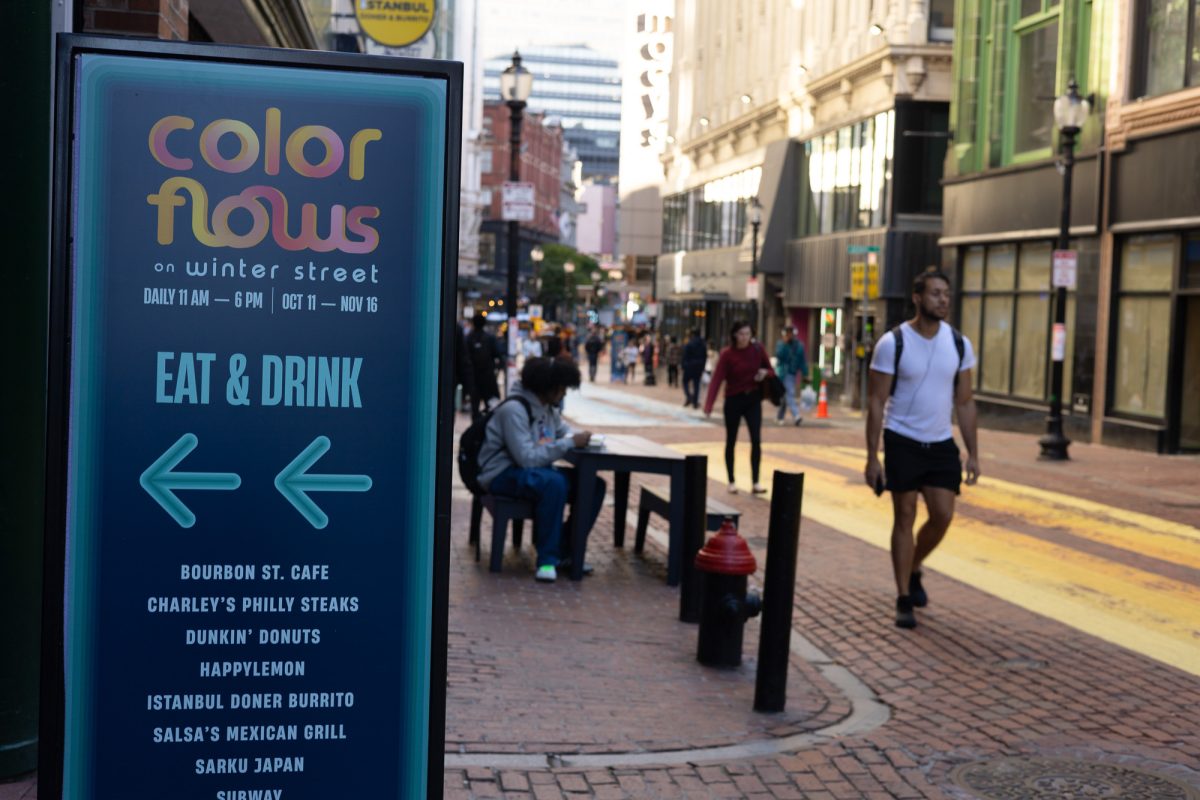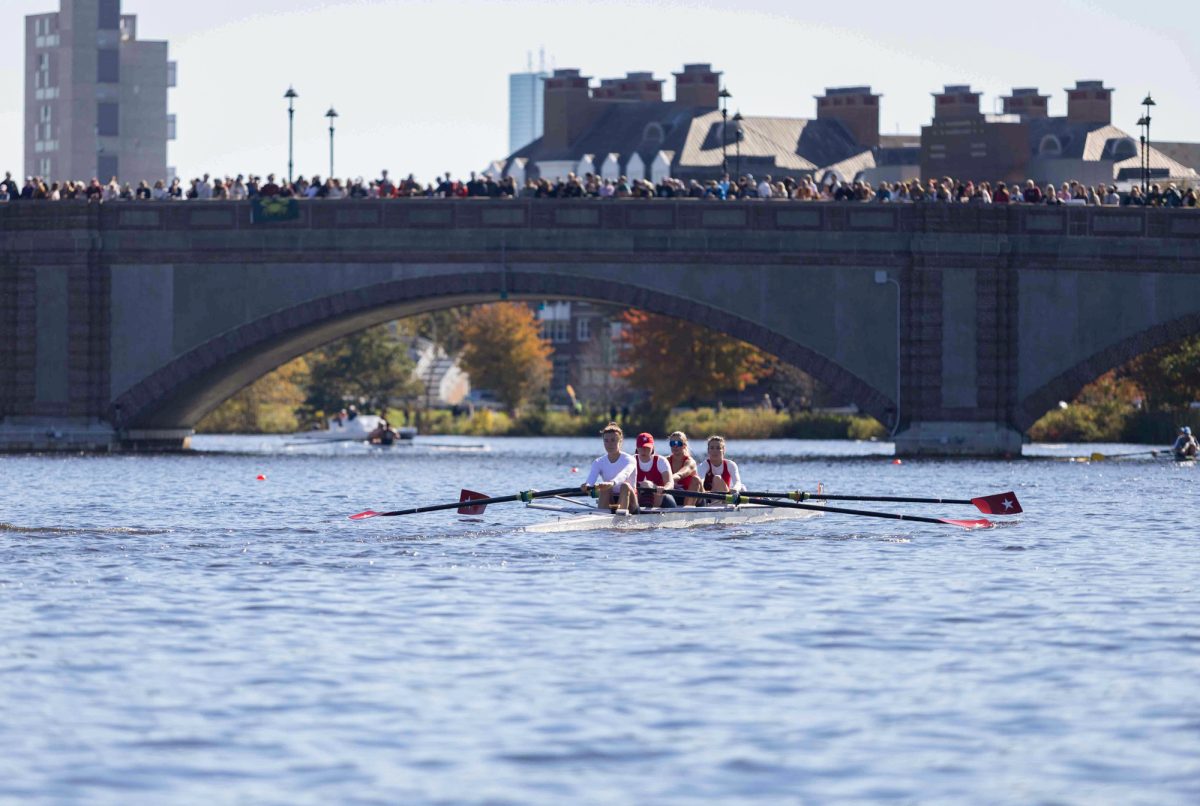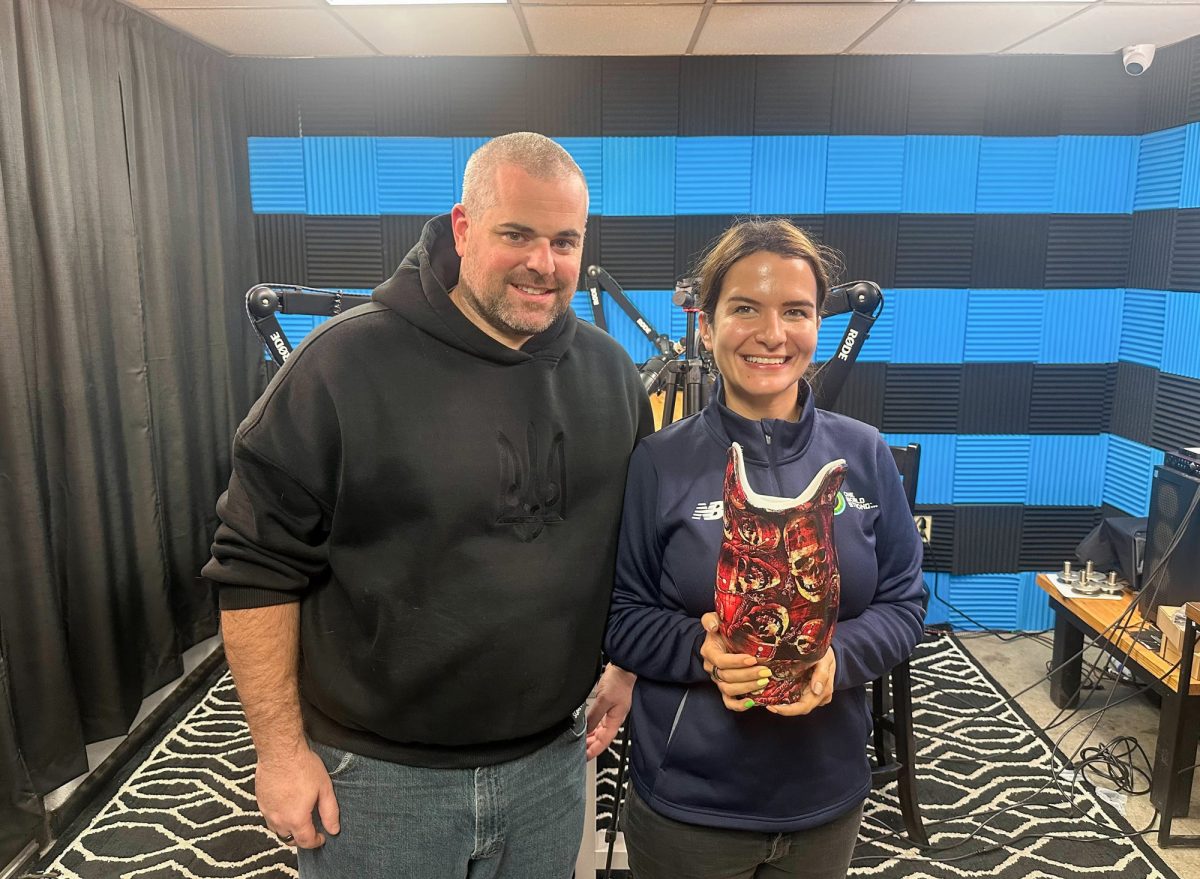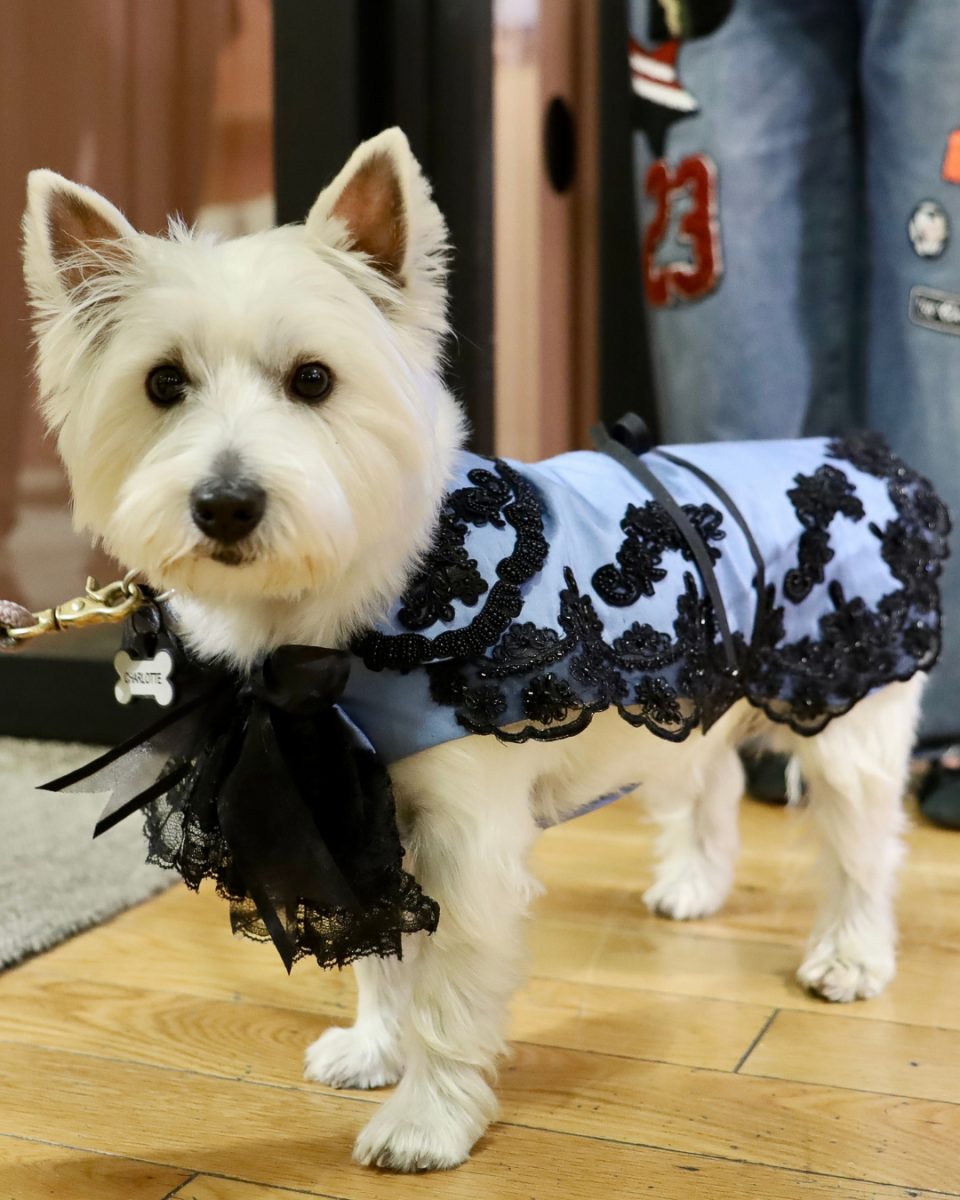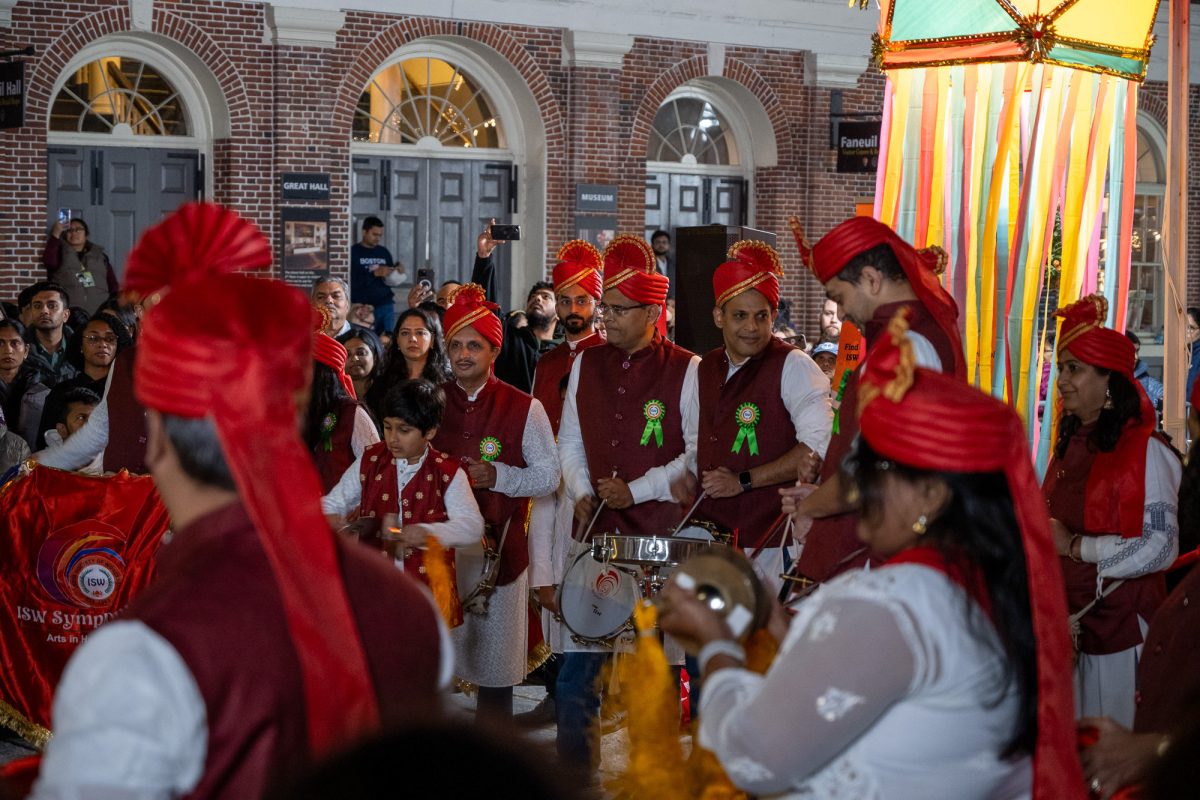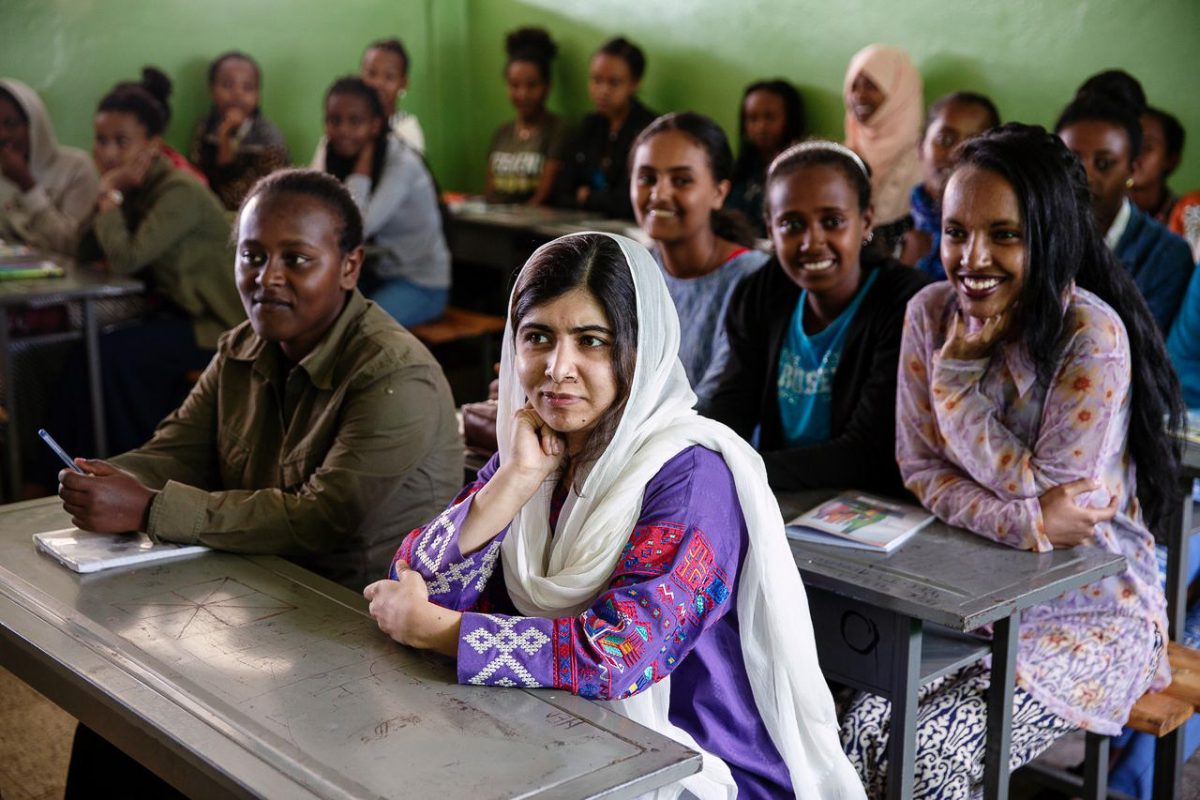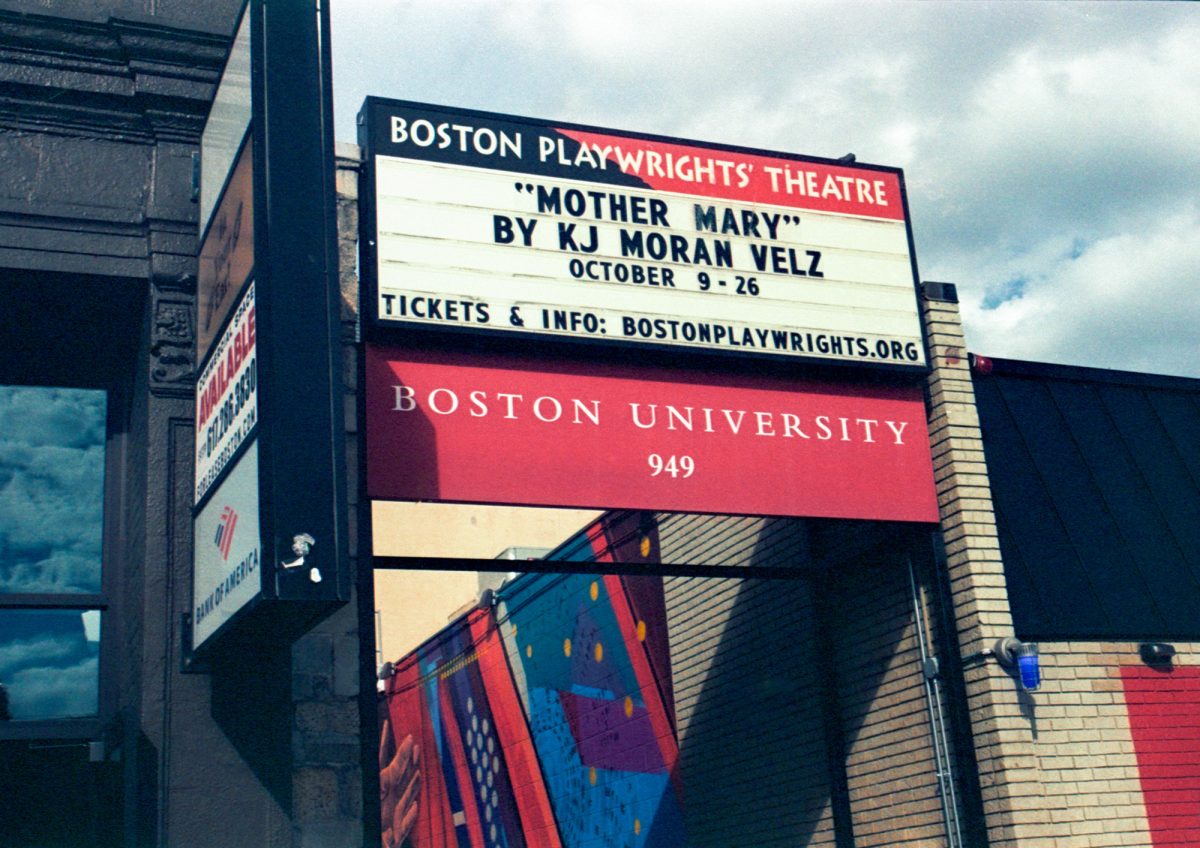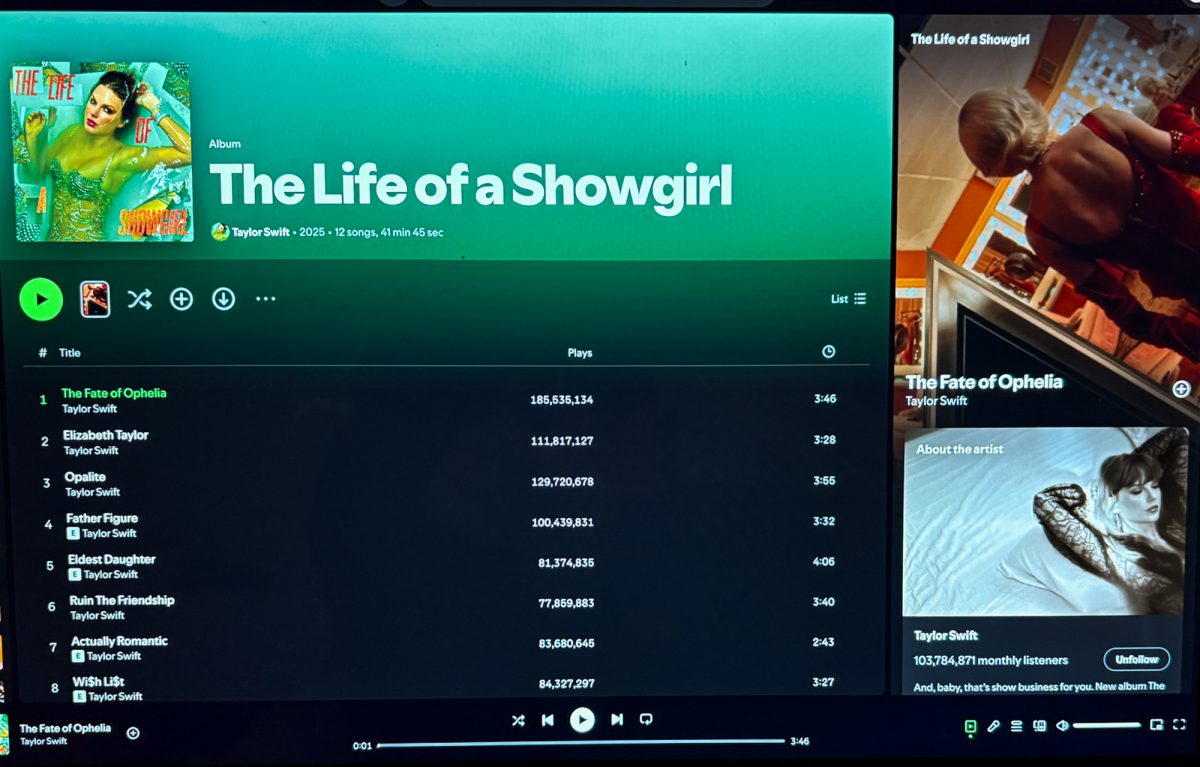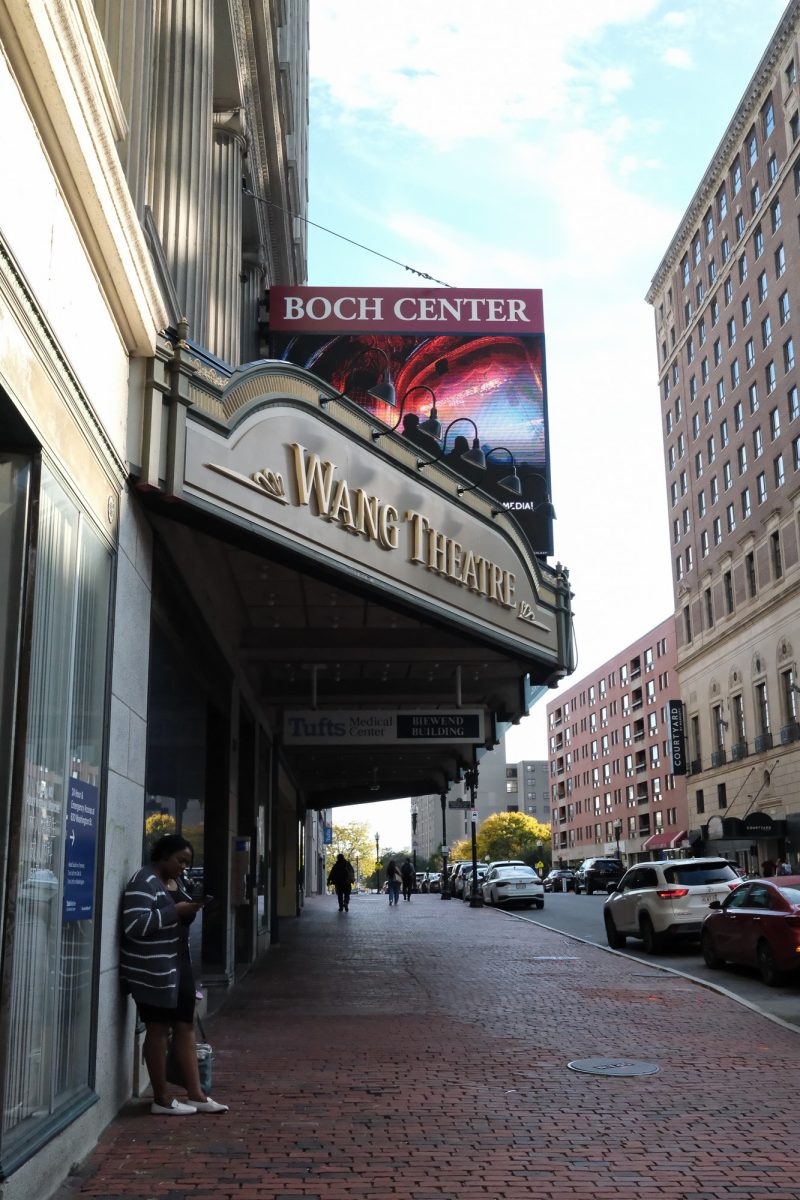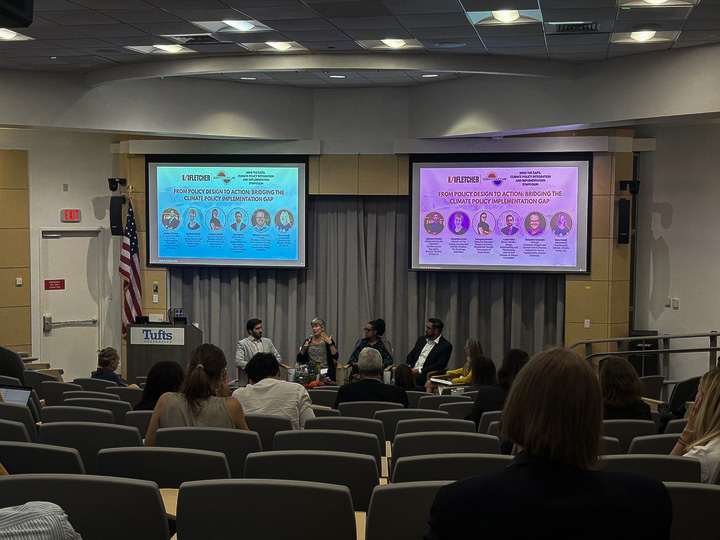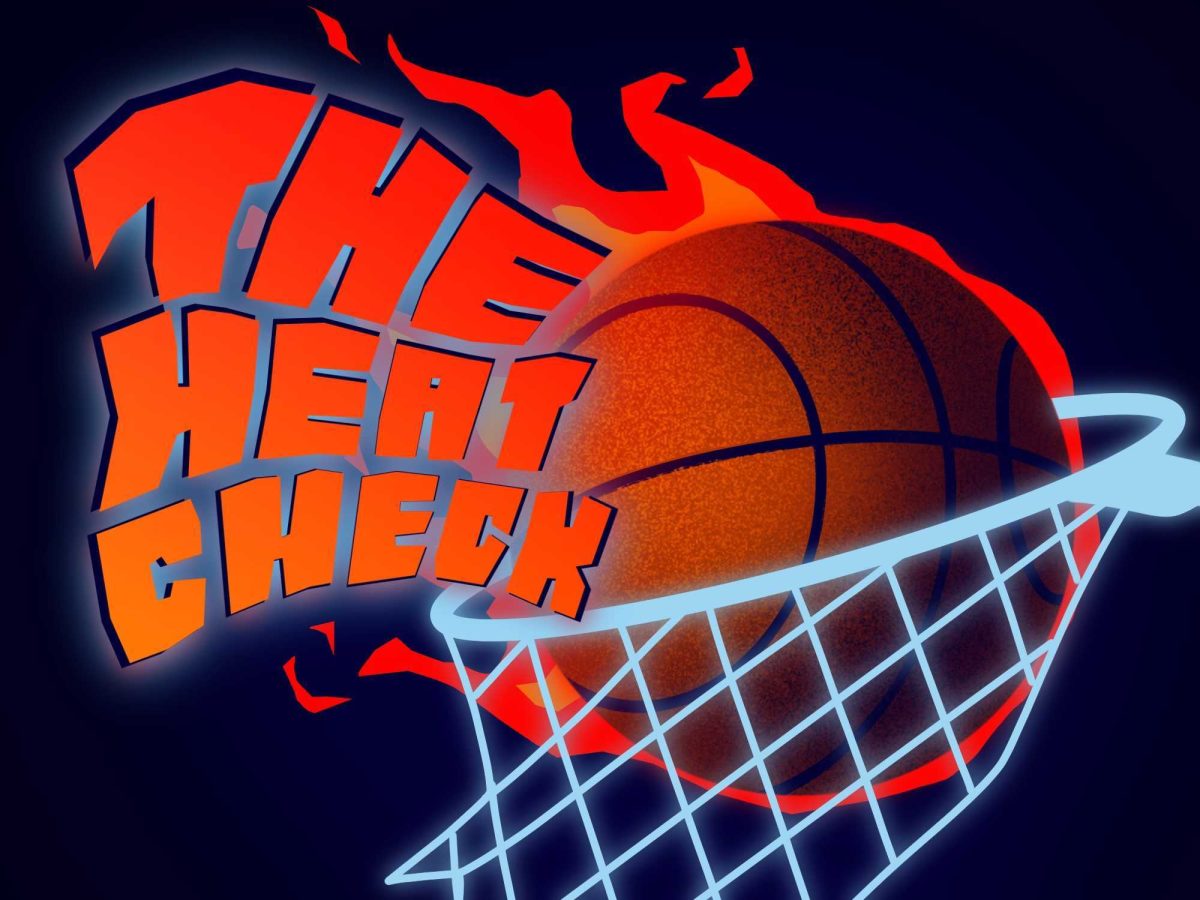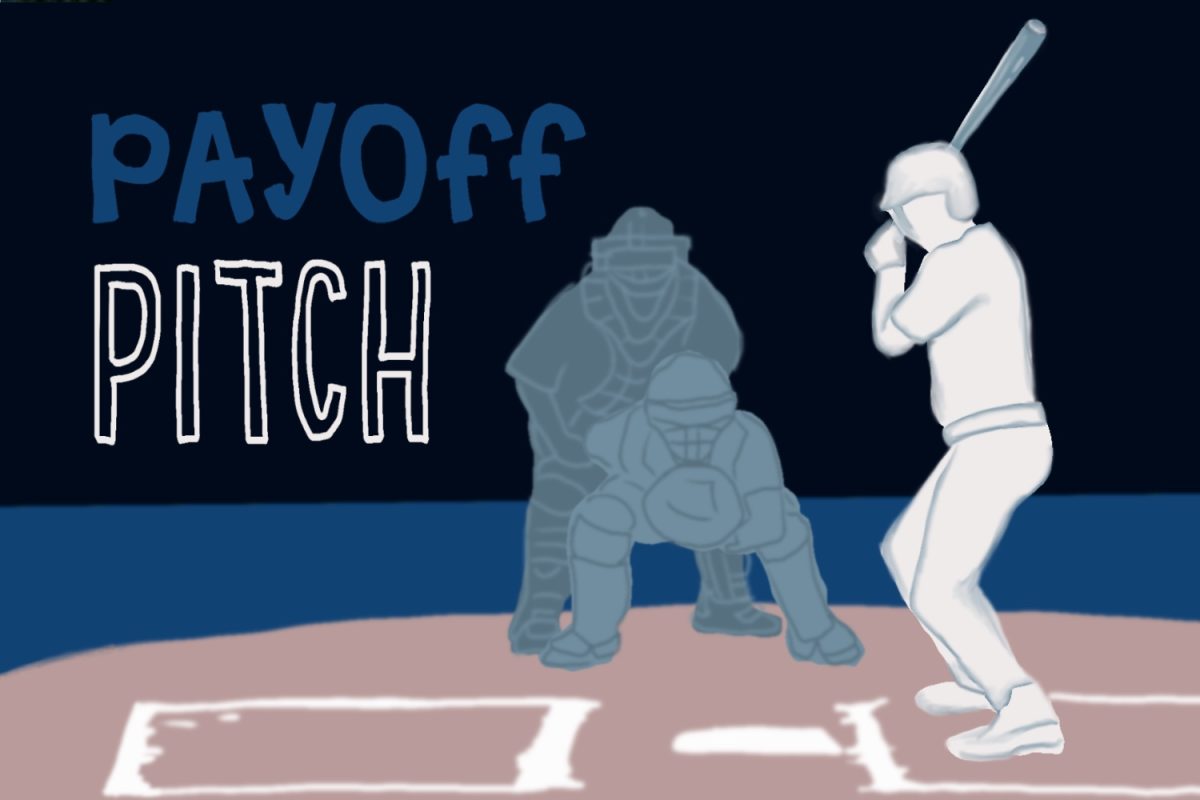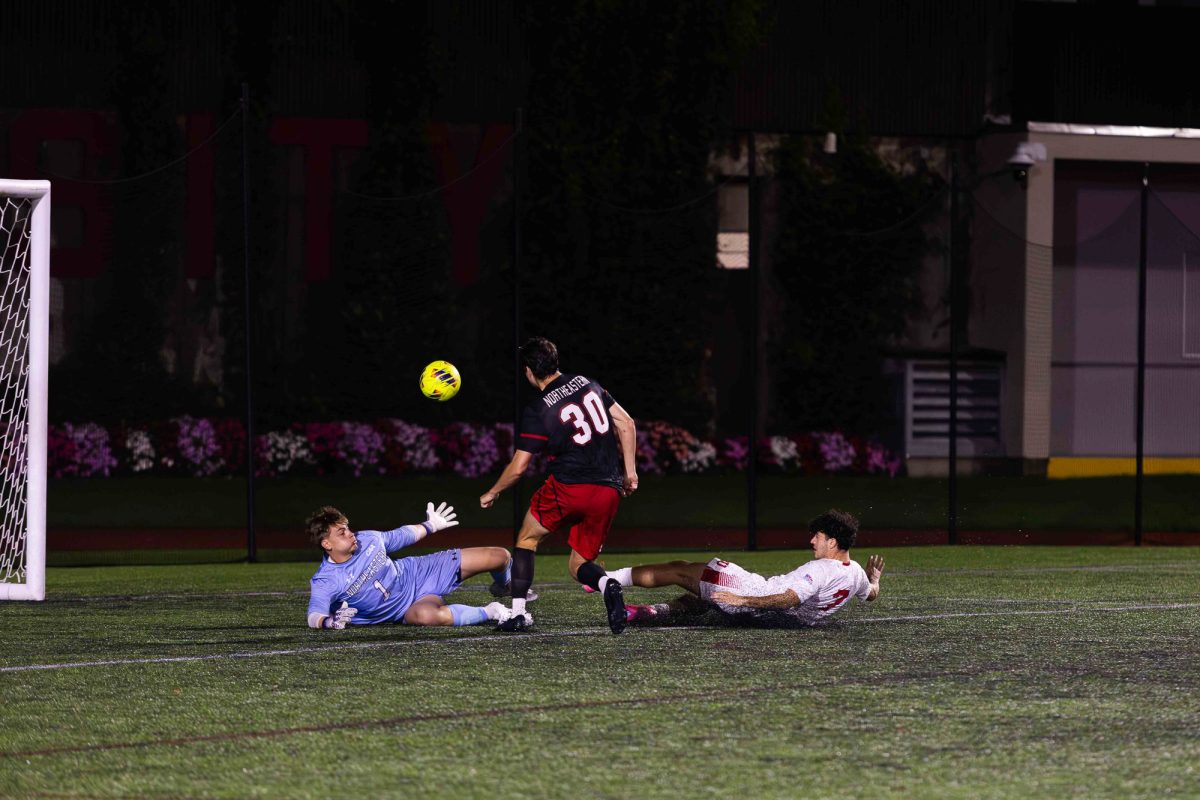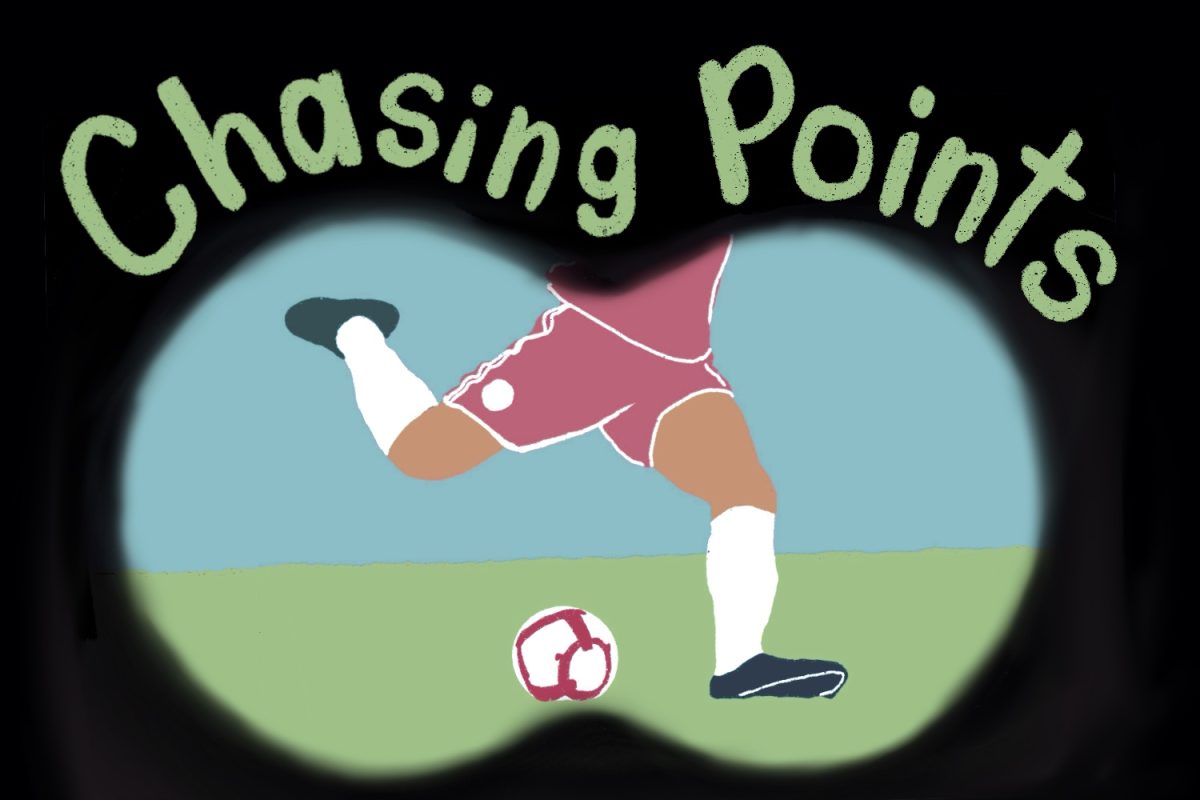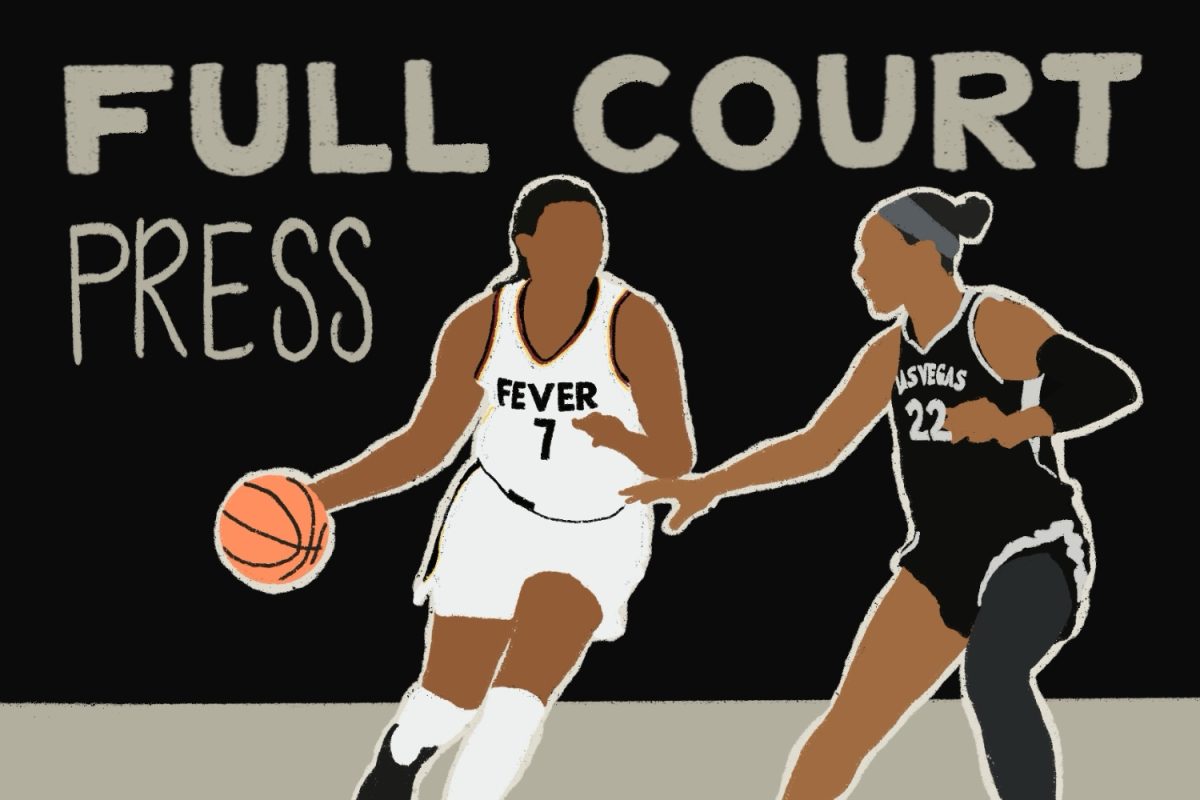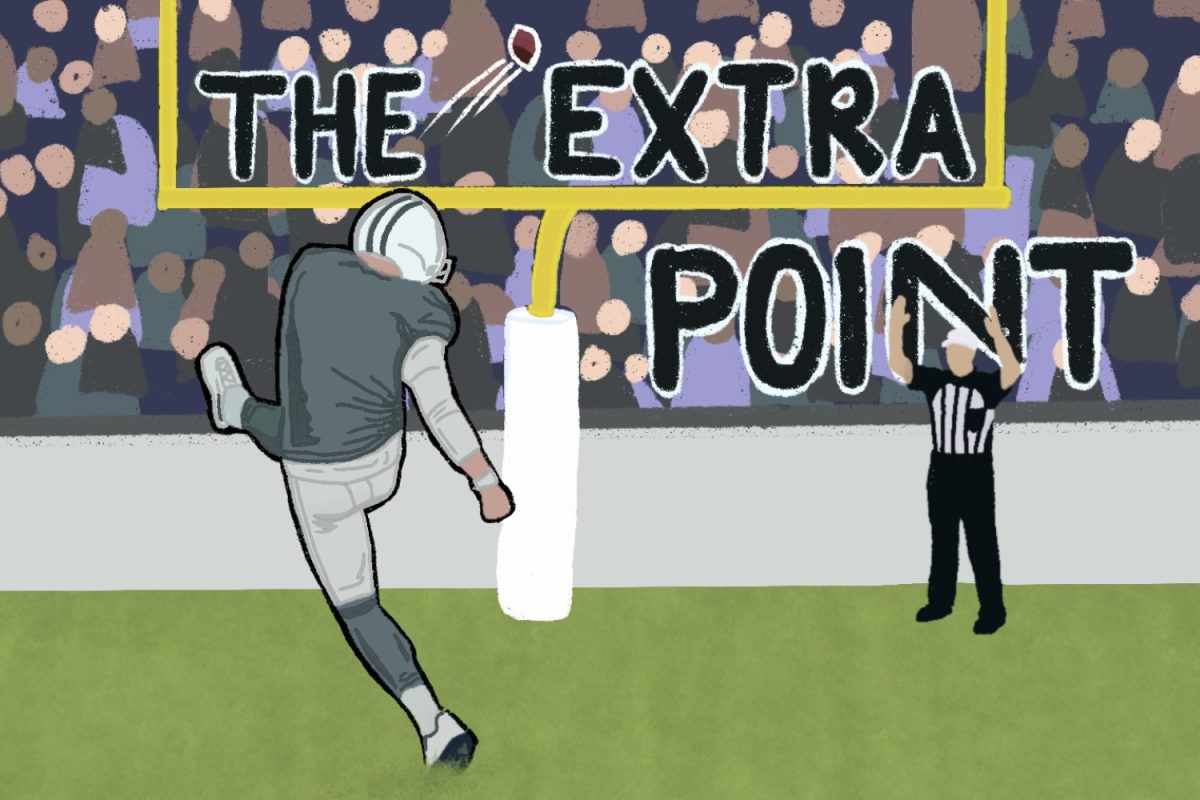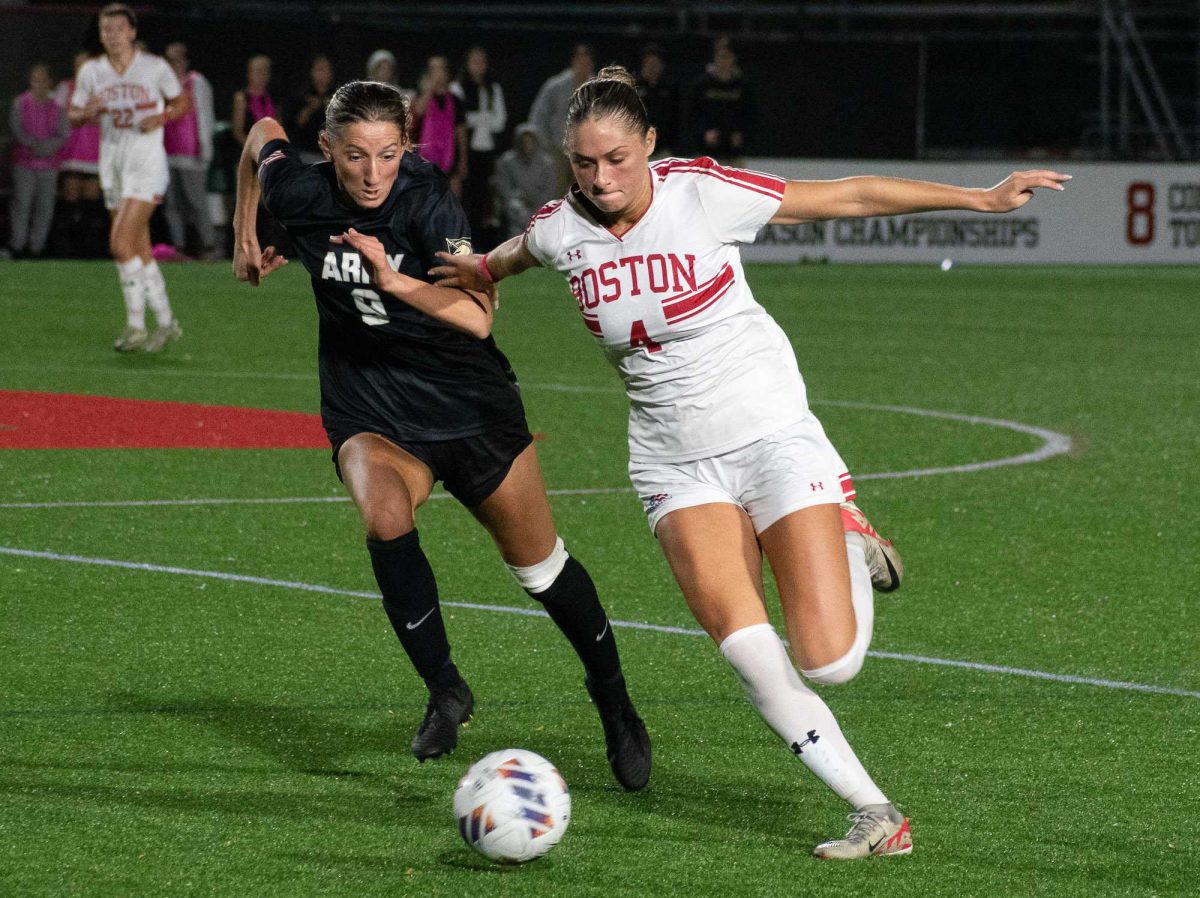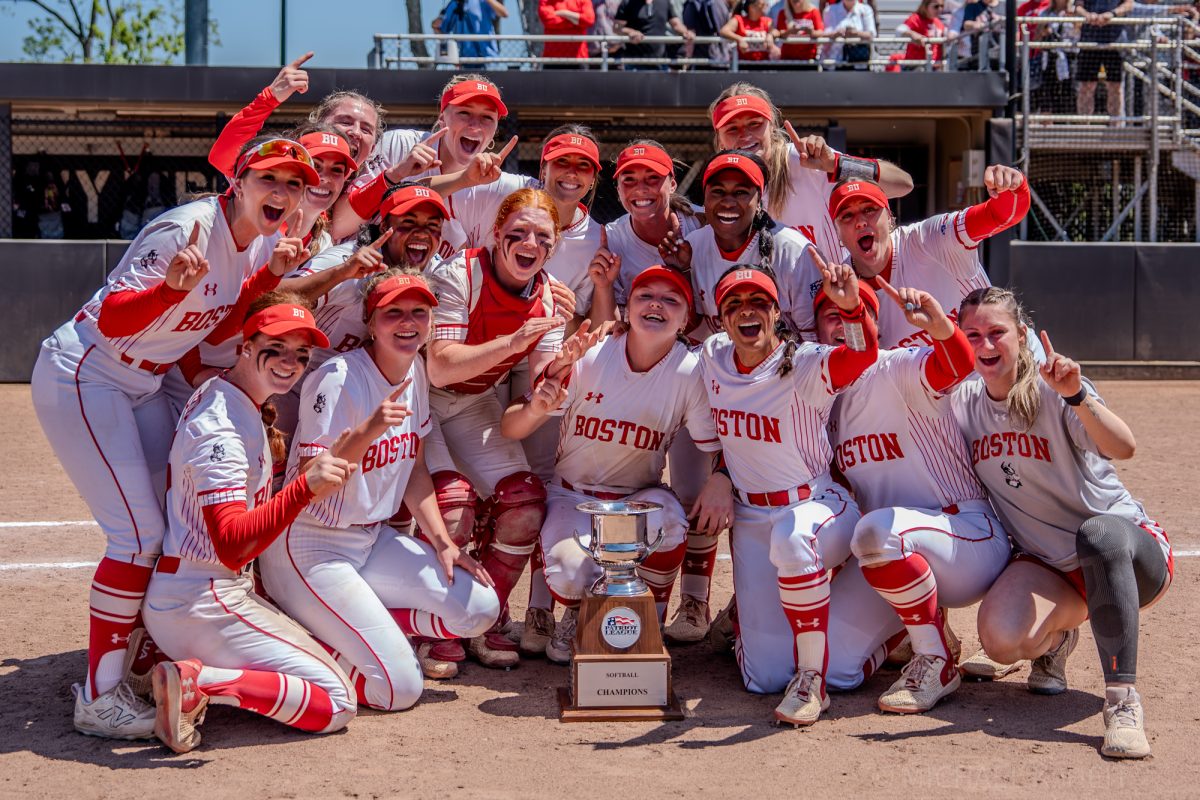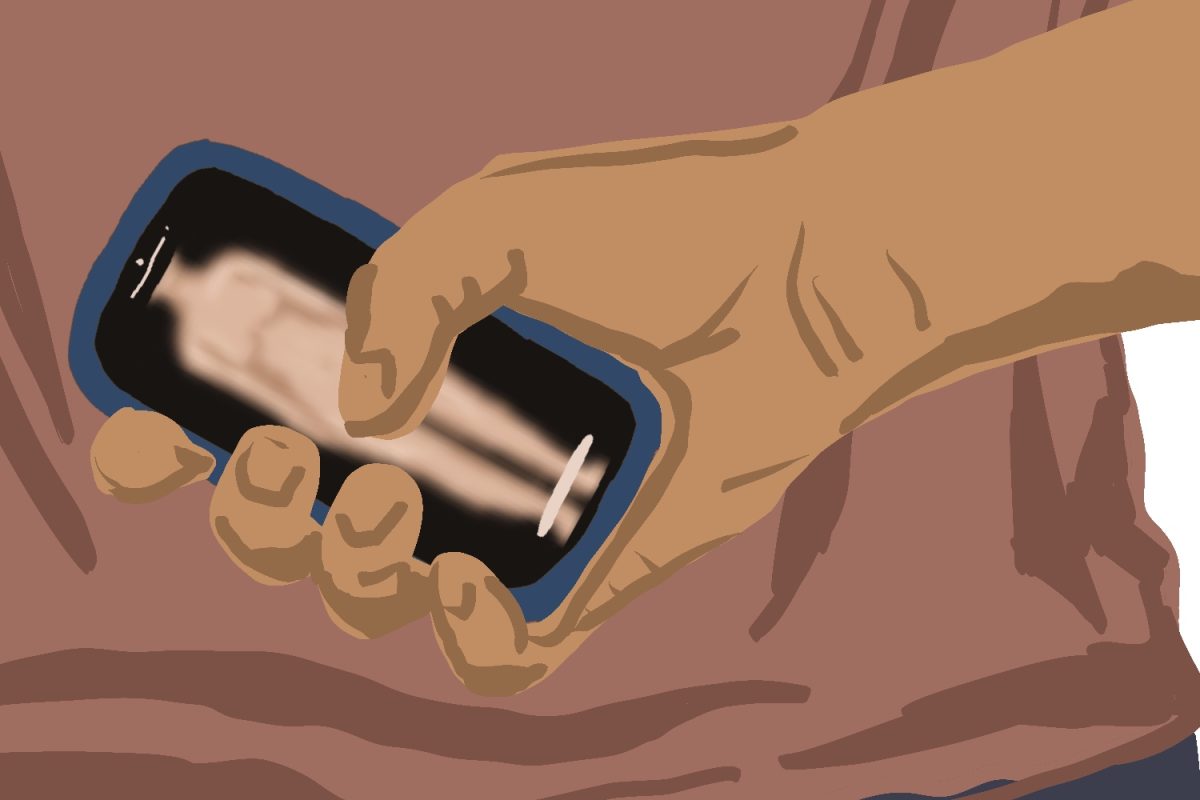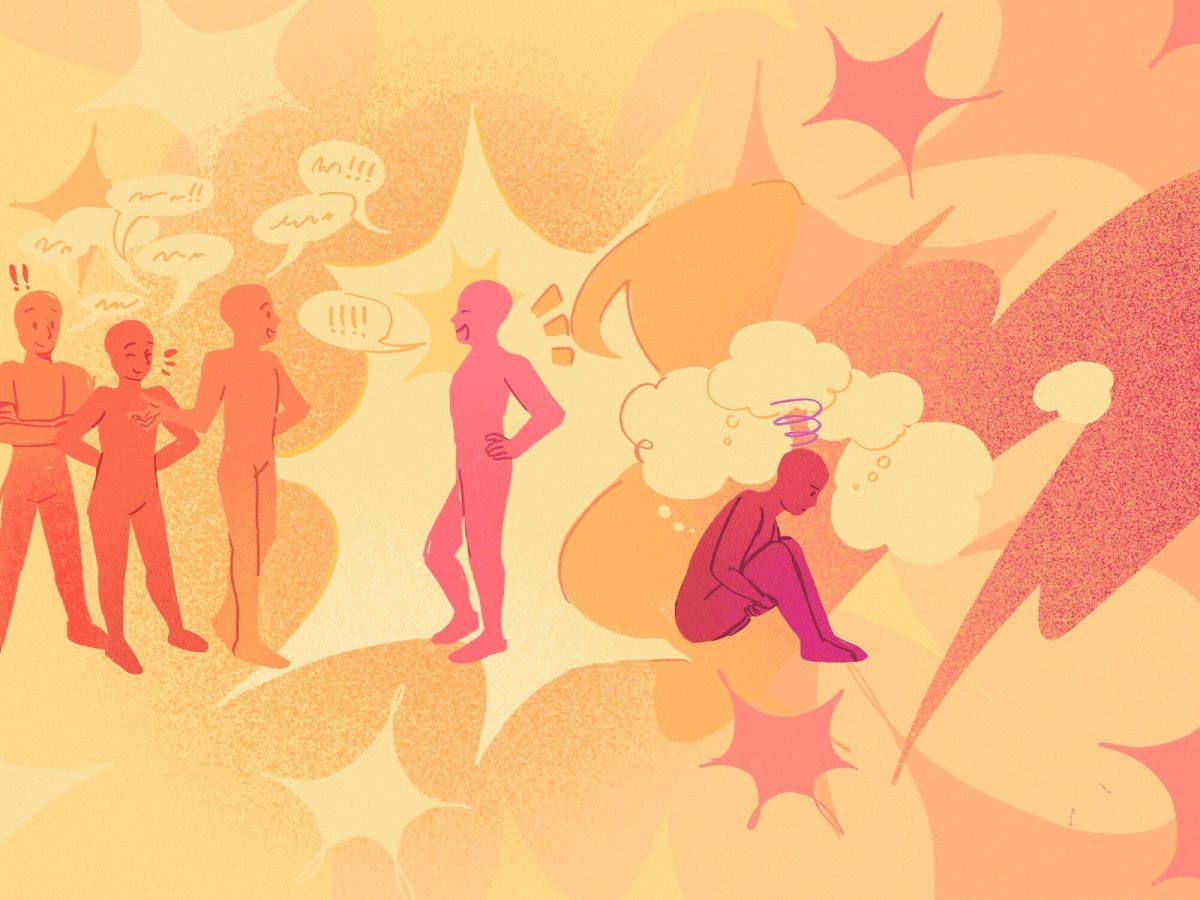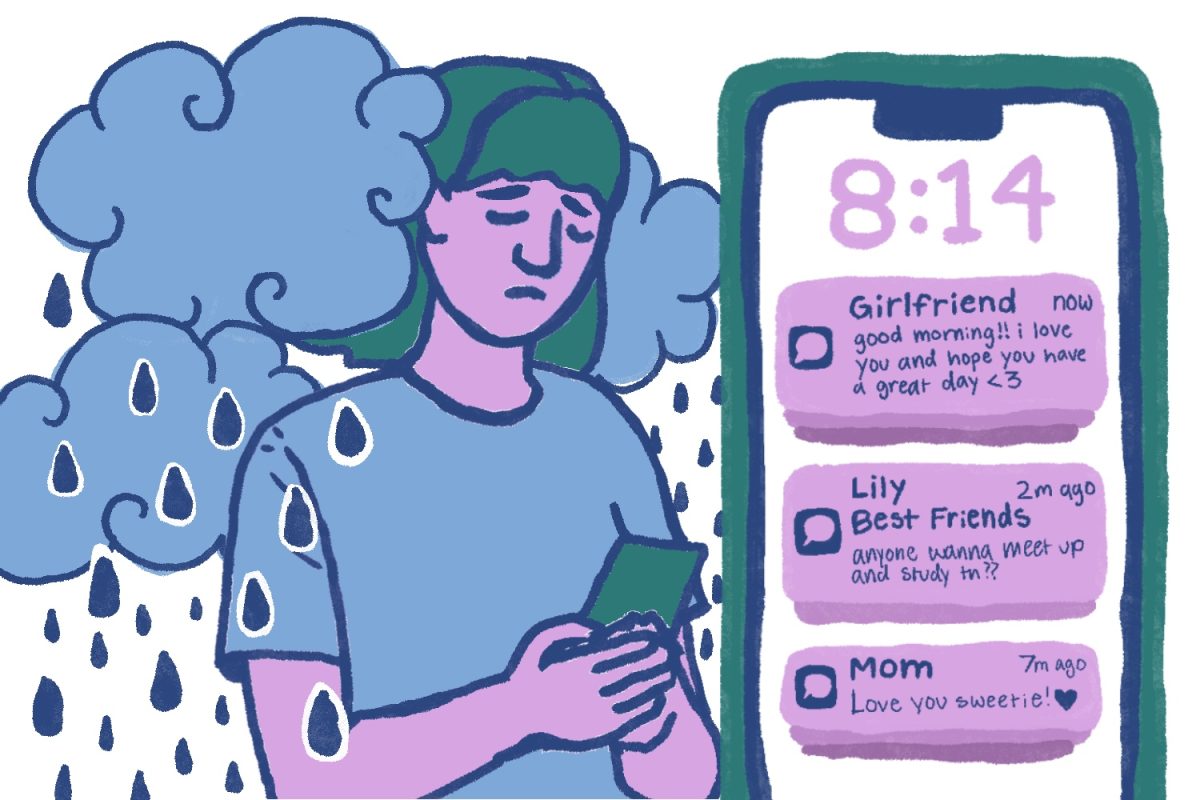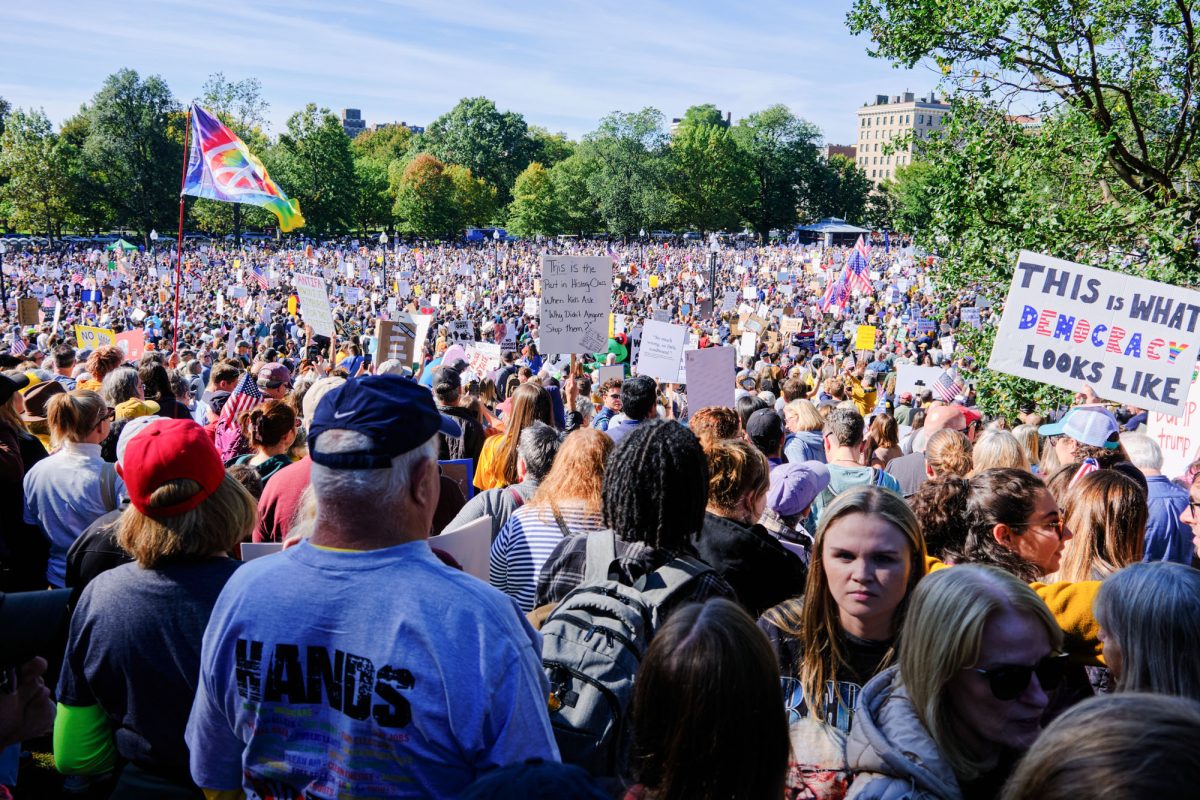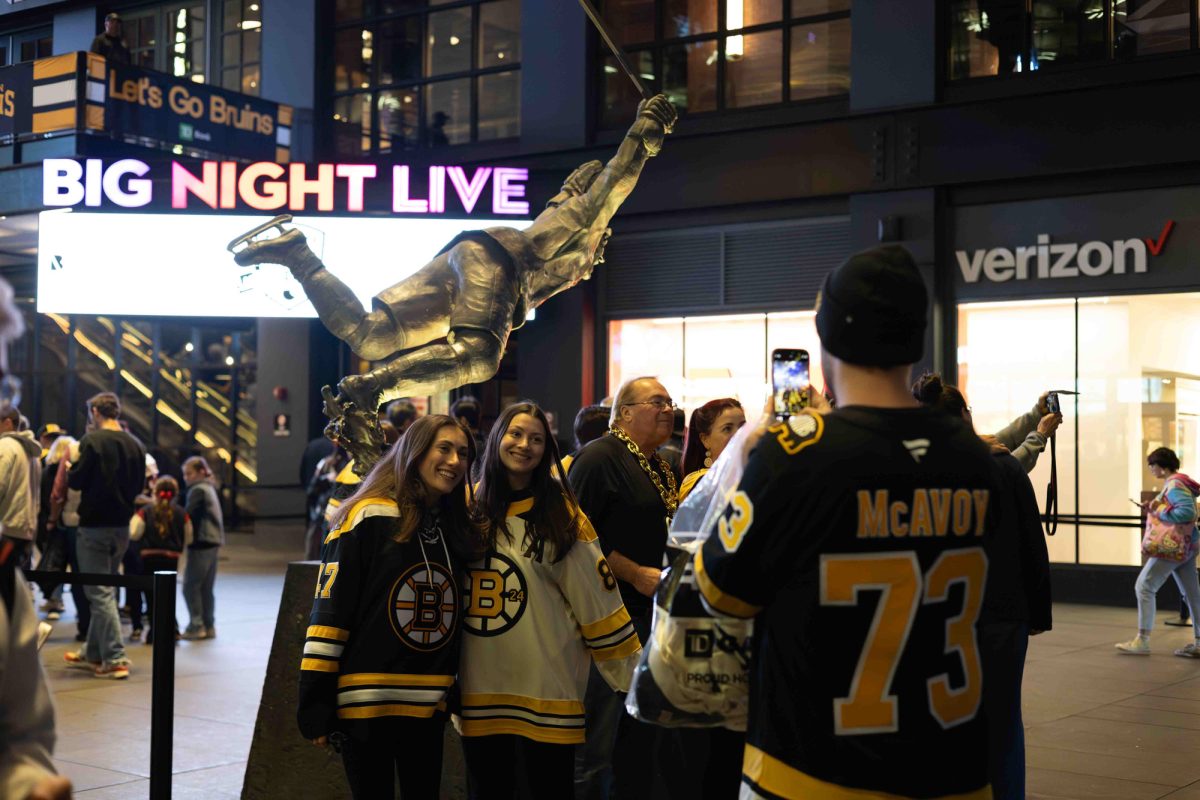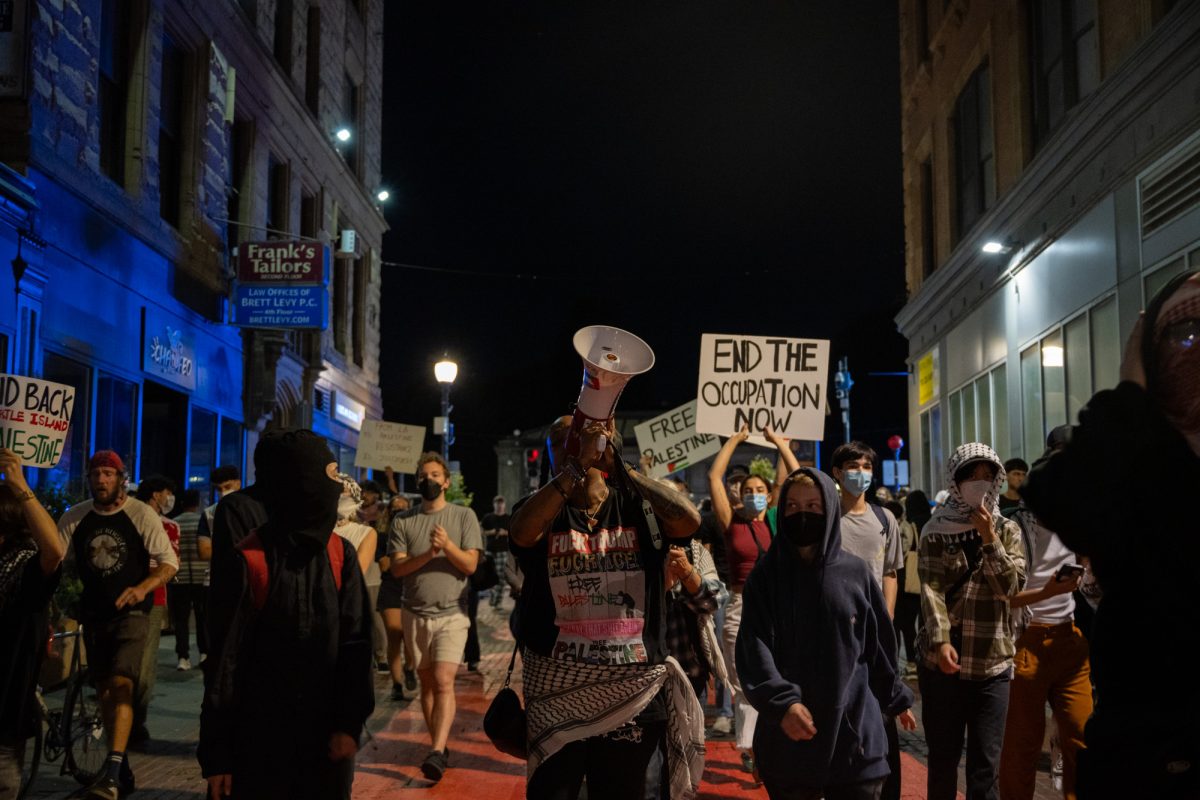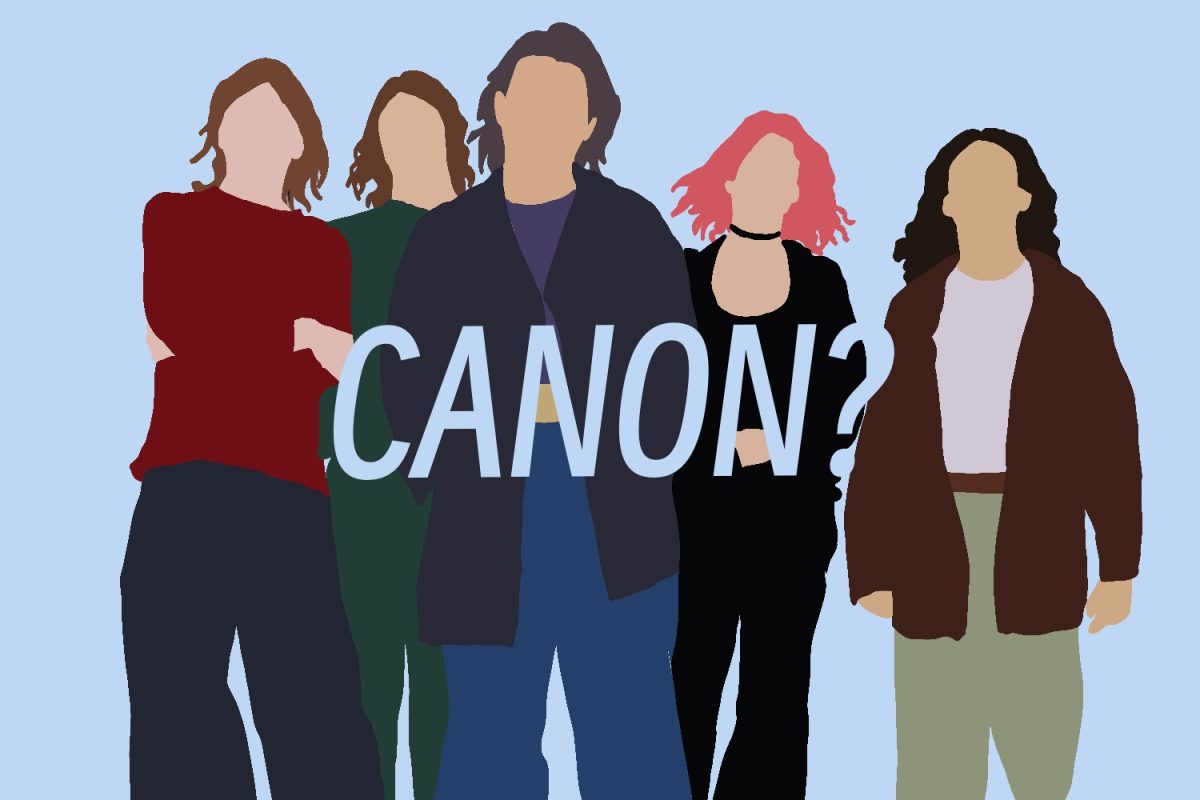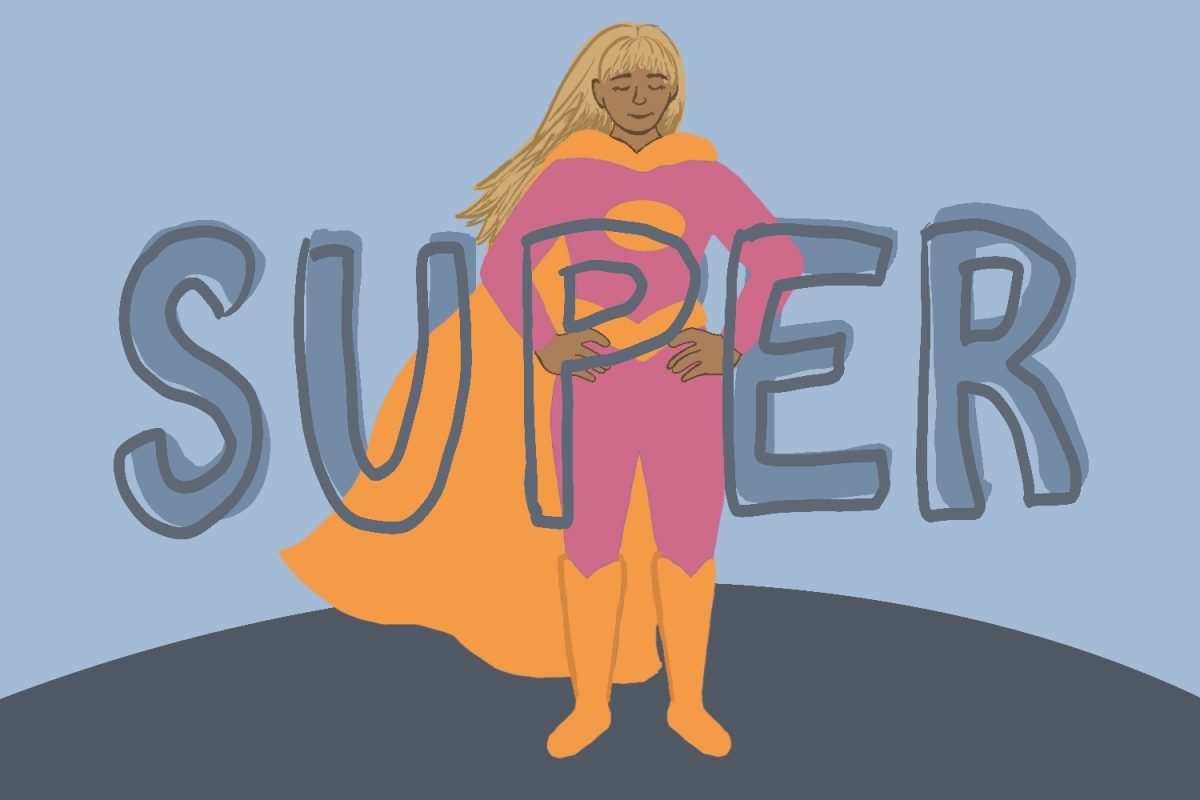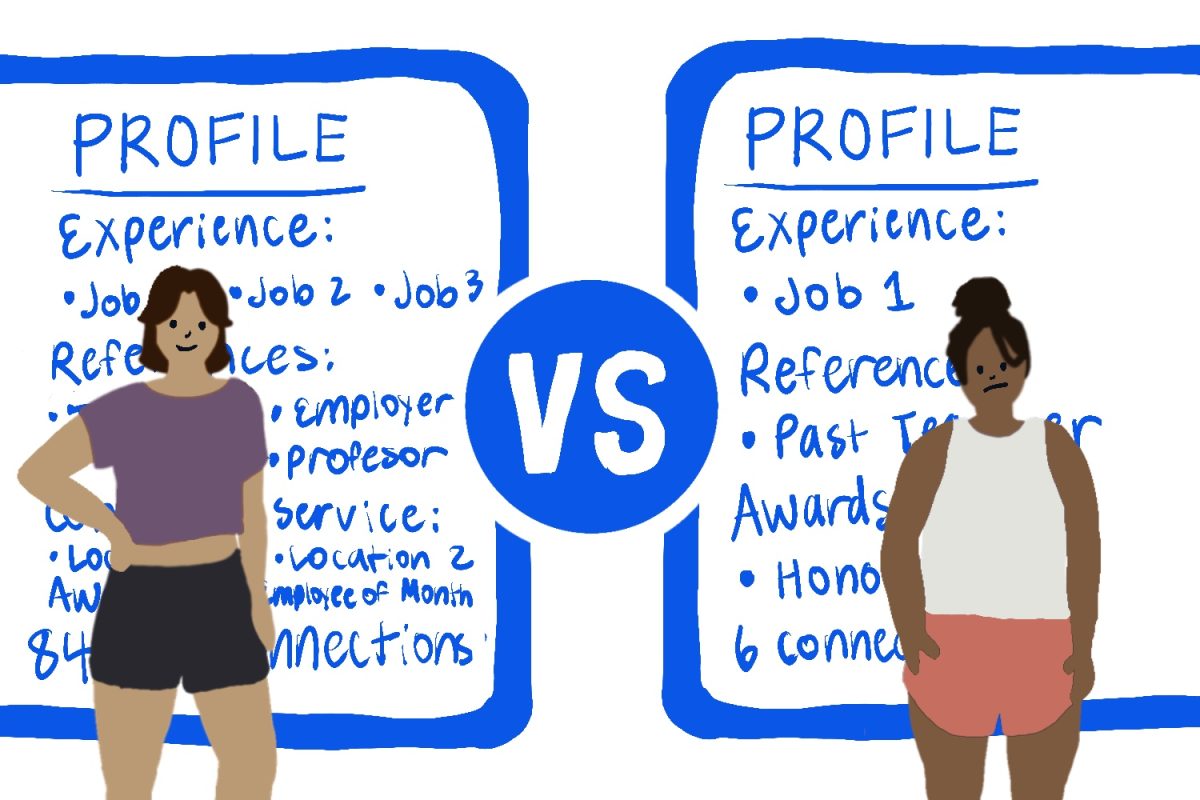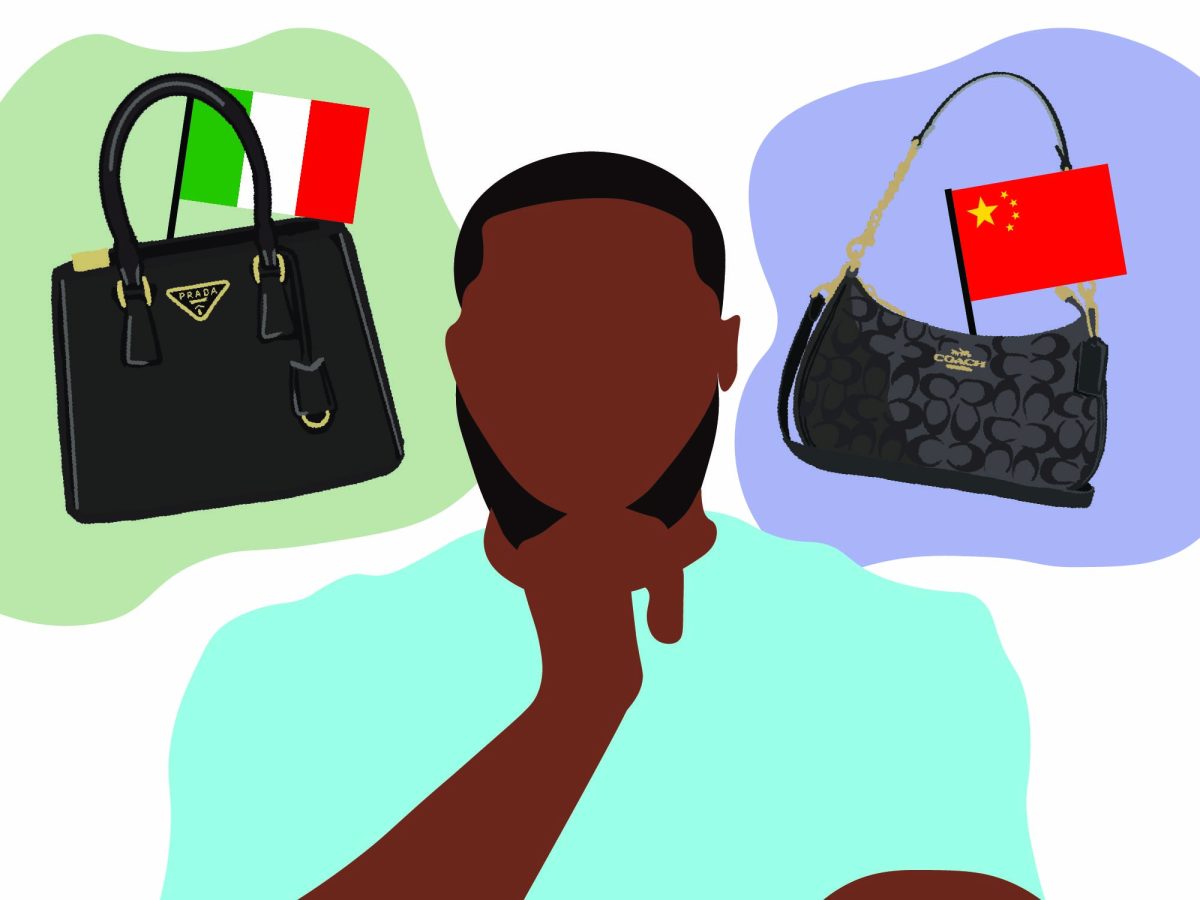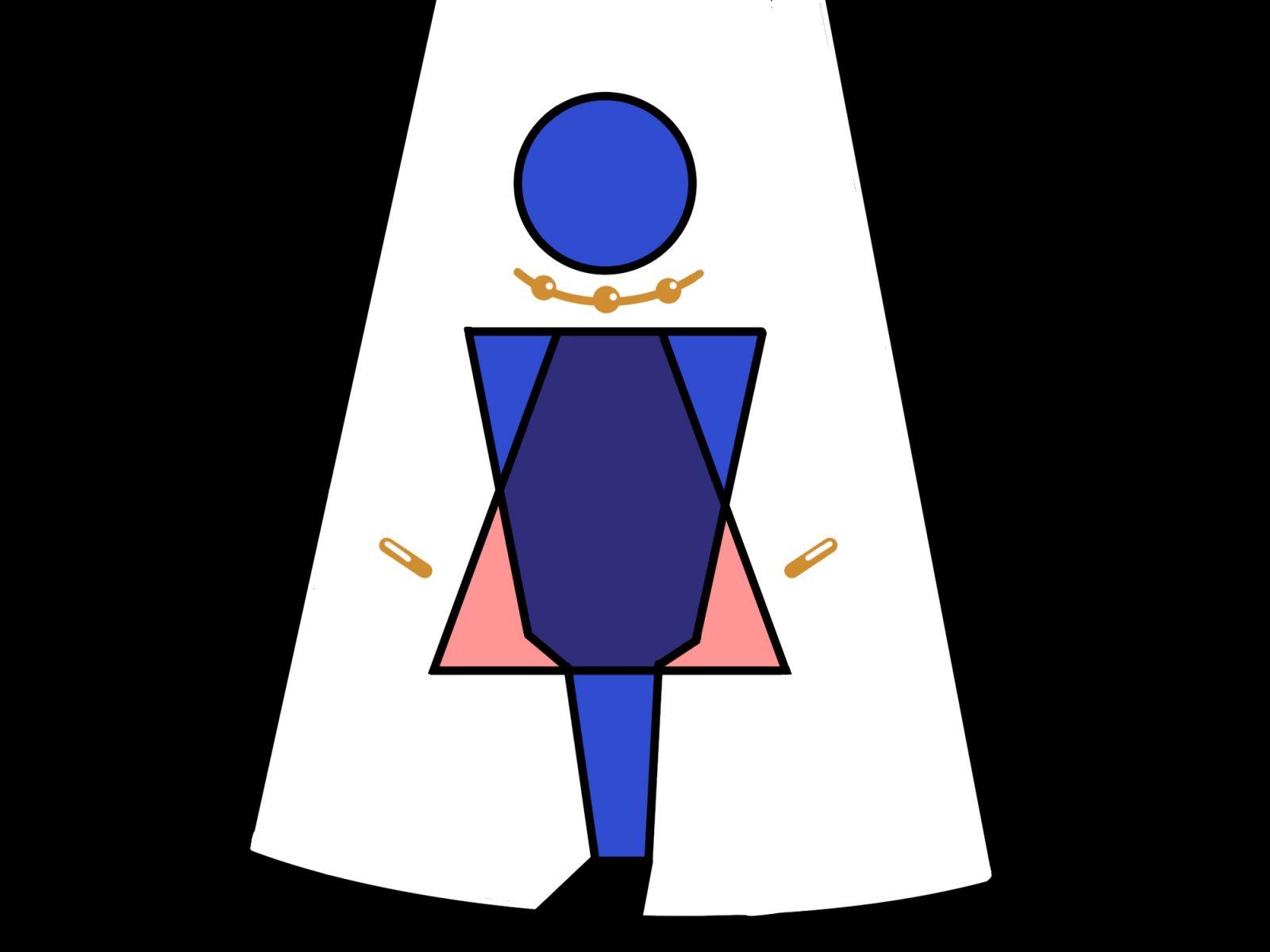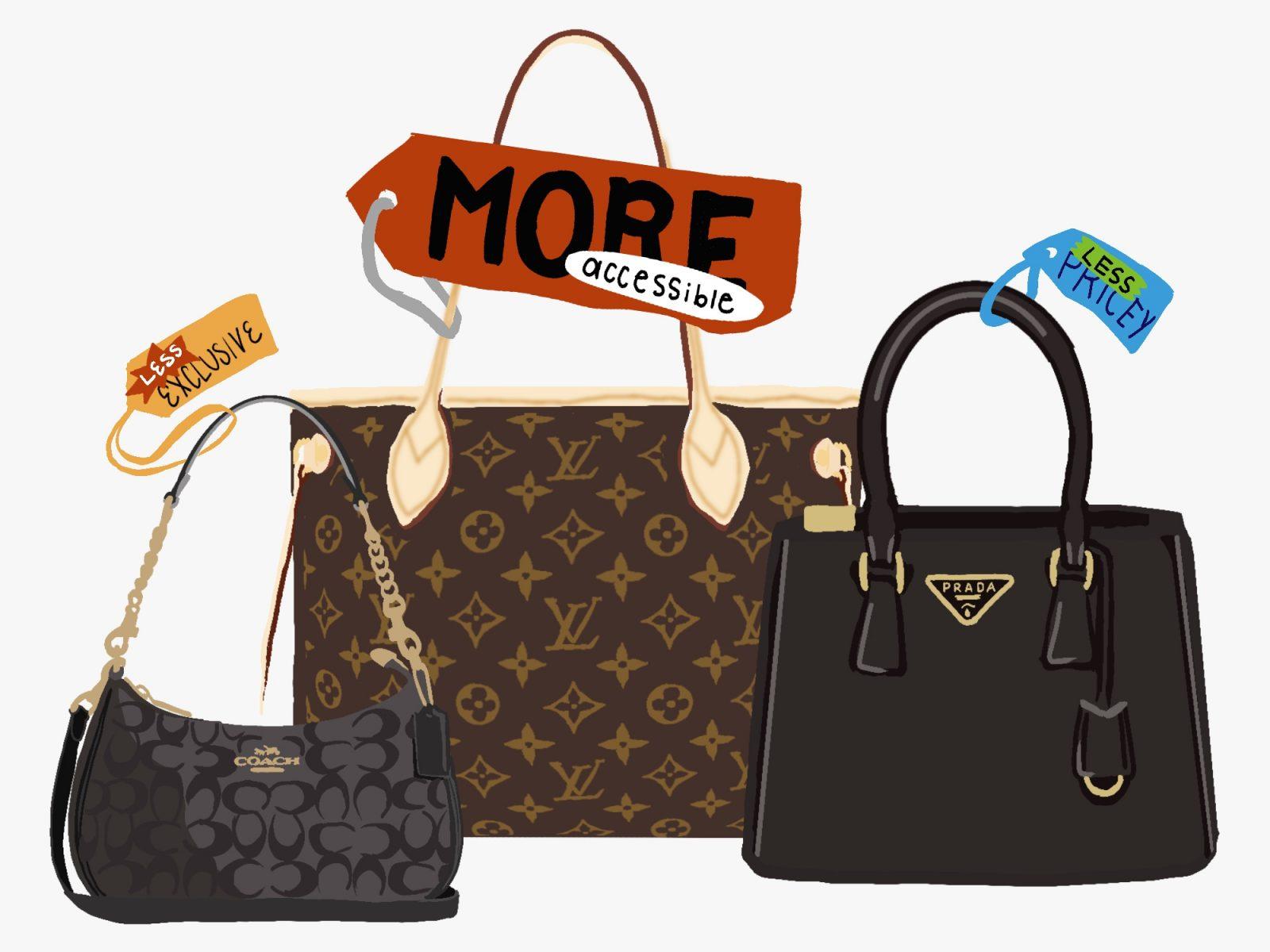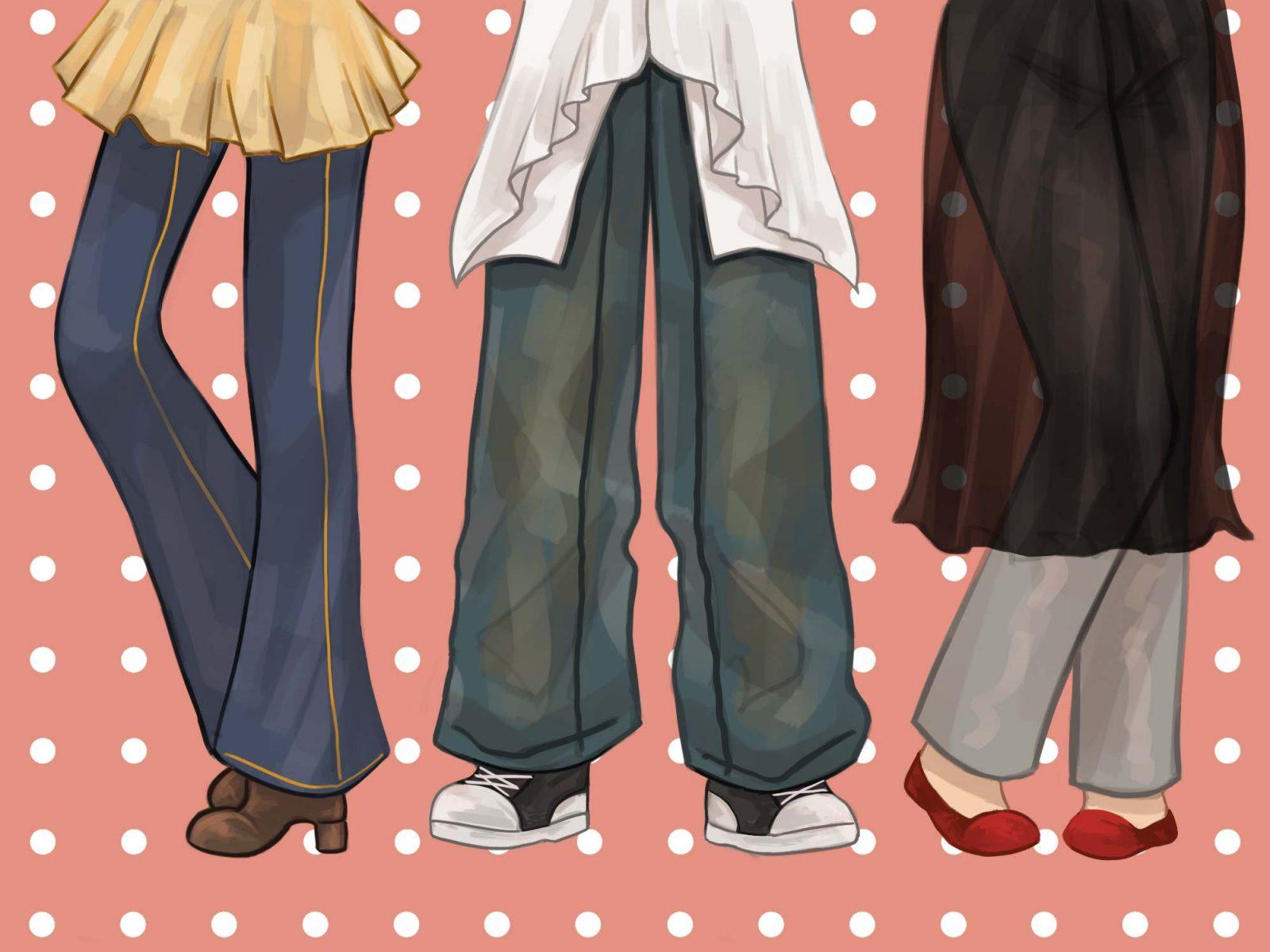Swarovski crystals, gold chains, brightly colored suits and … football?
It’s an unlikely combination for most of the year, but not when it comes to the annual NFL Draft. At the draft’s red carpet, athletes strut their stuff, decked out in brands like Brian Alexander and Cartier.
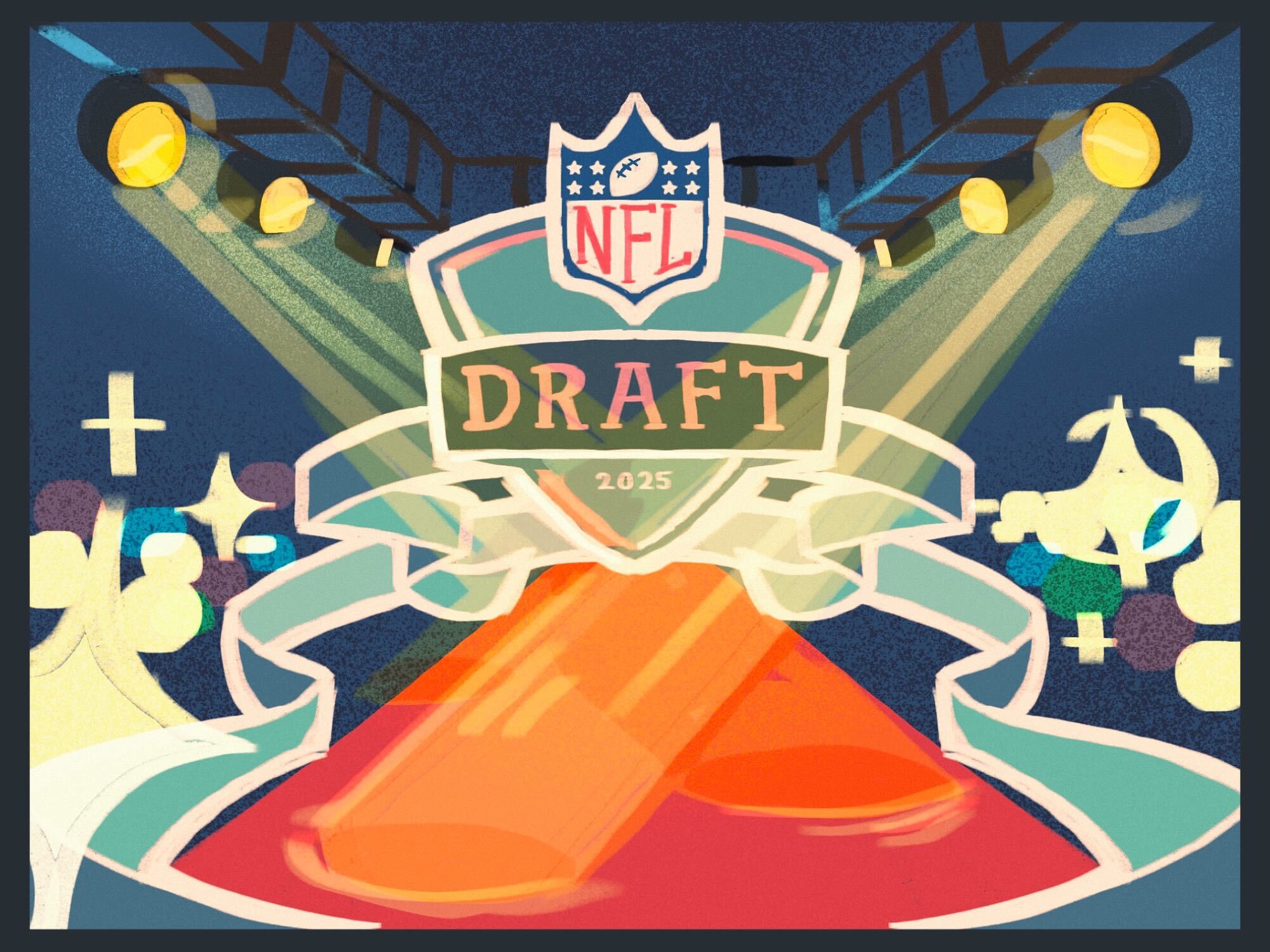
This annual partnership between fashion and sports might seem like a weirder crossover than Katy Perry and space, but only at first glance. In reality, sports and fashion have worked with each other for years, bringing big bucks into each respective industry.
Nowhere is this more evident than the NFL Draft runway show. The draft is functionally a chance for NFL teams to add eligible players to their rosters, but it also allows athletes to broadcast their personal brand. Fashion giants are more than eager to help with that task.
Through brand sponsorships, players can get six figures to sport certain labels. Fashion companies benefit from how many views the show gets, while players get to play around with questionable — and costly — fashion choices like Swarovski-bedazzled crocs.
If money is the ultimate motivator — Cartier, Rolex and Audemars Piguet were among the flashy watch brands on the runway — that doesn’t mean creativity and self-expression don’t have a place in the festivities.
Abdul Carter wore an obsidian thobe as an homage to Islam, his religion, and Hawaiian-born Tetairoa McMillan wore a lei over his purple suit and bedazzled chain.
In the marriage of convenience between sports and fashion, the NFL isn’t the only beneficiary.
Formula 1 athlete Lewis Hamilton recently became a brand representative for lululemon, and in 2021, tennis player Naomi Osaka became a Louis Vuitton ambassador. What’s more, the honorary co-chair of the 2025 Met Gala is none other than Lebron James.
That’s right, Anna Wintour and the GOAT are hosting a gala together. How’s that for an unexpected crossover?
Like most other things, the motivation behind fashion and sports’ collaboration is simple — money.
Before 2023 had finished, alliances between the two industries had already generated $78.5 million in earned media value — projected earnings generated by social media mentions. Similarly, Harvard Business Review found that when brands partner with high-profile athletes, their global recognition rises by 5-10%.
A simple concept of reciprocity stimulates sales. Athletes make money from the partnerships, while fashion brands get access to a broader audience and a projected image of athleticism and health.
Now before you get too invested in sparks flying between sports and fashion, remember that someone is losing out in all this — you.
Well, you as a consumer.
The luxury athleisure market has blossomed in recent years, with numerous collaborations like that of Italian fashion house Marni and sportswear company HOKA. But with a growing athleisure market comes increasing pressure to look good while working out and lounging.
Gone are the days of oversized P.E. uniforms and lounging in torn pajamas. Today, it seems like a fatal faux pas to relax without a matching set that cost a day’s salary. Don’t even get me started on the pressure to show up at the gym dressed like a Sports Illustrated model.
I’d argue this demand to sweat and sleep in style is directly related to luxury brand partnerships with the sports world. From seeing a gym girl on TikTok hip thrusting 200 pounds in a $200 outfit to reading a Vogue edition with Naomi Osaka on the front, we’ve been conditioned to think exercise requires aesthetics.
We’ve fallen for the lie that buying expensive clothes and sets will bring you the same athleticism, virility and elite status of athletes sponsored by luxury labels.
Of course, it’s true that looking and feeling good while exercising can greatly improve performance. But when your online lululemon cart total is more than what you’ve spent on textbooks during your entire college career, it might be time to step back and consider whether you’ve been influenced.
But in your quest to salvage your checking account balance from the clutches of flashy football players backed by global fashion brands, don’t think sports and fashion will stop uniting forces.
It is an old union, dating back to Michael Jordan and Nike releasing the Air Jordan and the definitive entry of tennis polo shirts into preppy style. In fact, fashion brands were partnering with high-profile athletes as early as 1925, when French designer Jean Patou designed pieces for tennis player Suzanne Lenglen.
Safe to say, fashion and sports won’t be getting sick of each other anytime soon.
All you can do as a consumer is shield your eyes from the blinding light of luxury watches cruising down an NFL runway, or Roger Federer’s chiseled face as he swings a Wilson-brand tennis racket with the logo conveniently angled toward the camera.
When you do decide to take another stab at your New Year’s resolution and enter the gym, dress for movement rather than aesthetics.
Most importantly, allow yourself the simple pleasure of looking imperfect.


